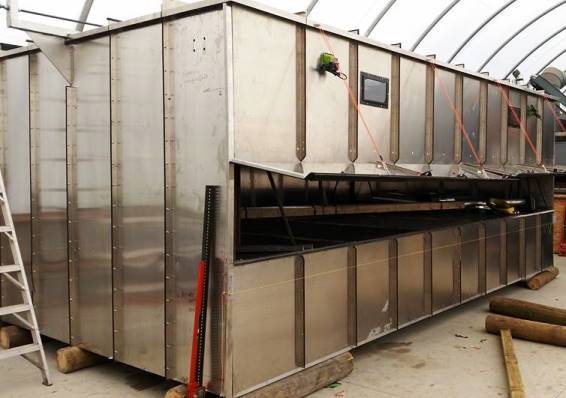Step 4: Lowering the relative humidity if needed.
For the homegrower, you want to get the moisture content of the hops down to 15% or less. Commercial growers are shooting for 12% or less depending on what is to be done for further processing.
Some of you (e.g. Colorado, Arizona, Nevada) will easily be able to reach that level using only outside air in 48 hours. The rest of us may need some help, especially if it is a humid week.
Again, the lower the relative humidity, the larger the driving force to pull moisture out of the hops and into the air. The big guys in the PNW achieve this by heating the air up so the whole drying process can be completed in 24 hours. Are you in that big of a rush? Probably not. So slow down and let them dry at lower temperatures.
If you have gone 2 days and they are not dry, its probably time to take it to the next step. On ideal location for most homegrowers is in an air conditioned house is wonderful but most SWMBO won’t put up with that smell.
Your next best option is to put them in a closet with a dehumidifier. If there is no closet available, get a tarp or piece of plastic and build a little tent around the hops and the dehumidifier. The smaller the space, the faster the hops will dry. If you try to dehumidify a large space (e.g. basement, kitchen) or a leaky space (e.g. garage), the dehumidifier will be too busy with that load to be able to take care of your hops. If you put them in a tiny place, the dehumidifier should quickly dry the hops out.




